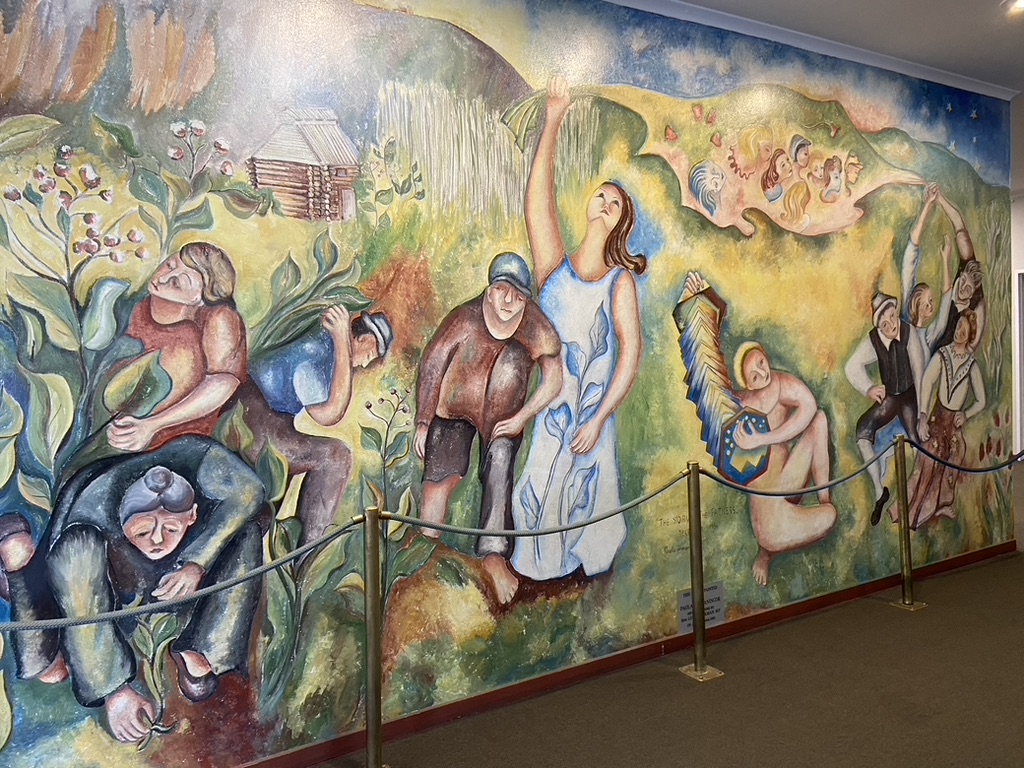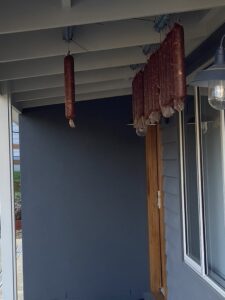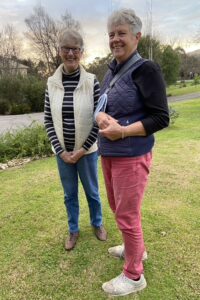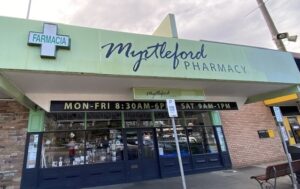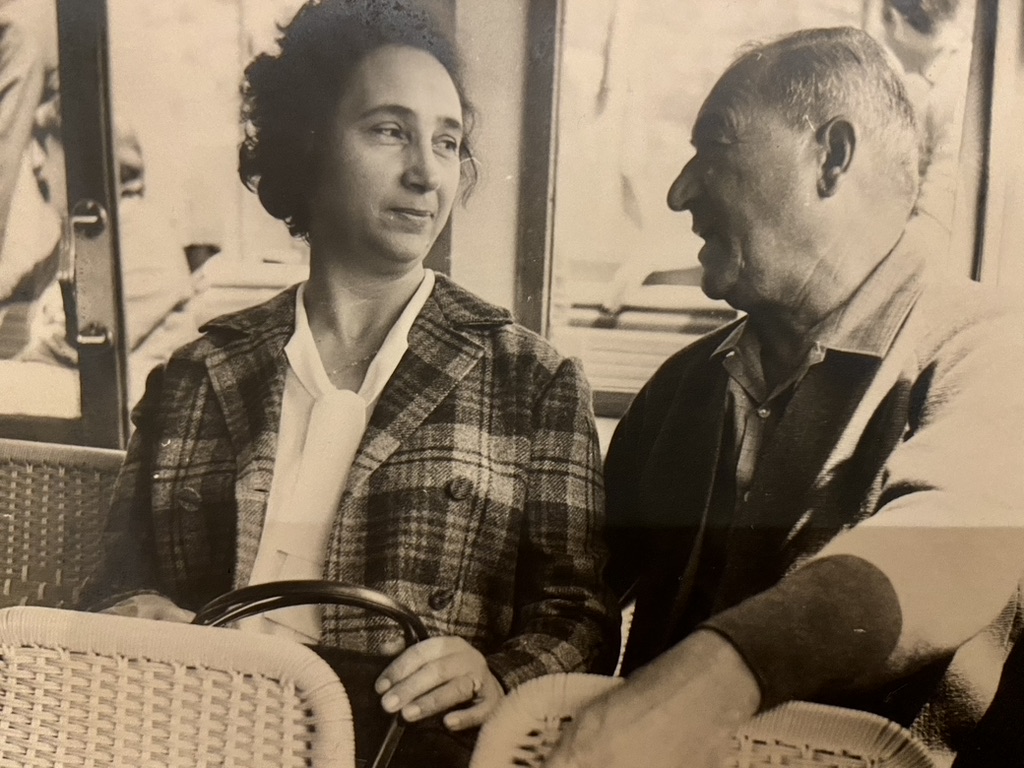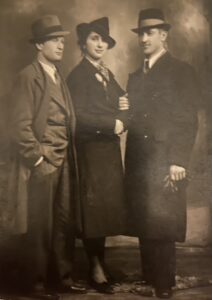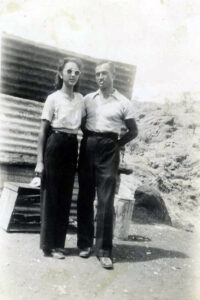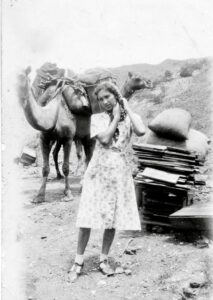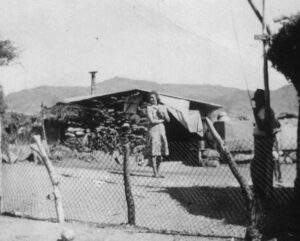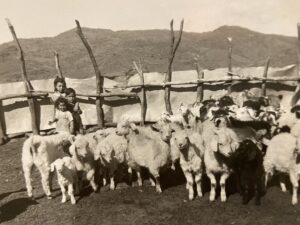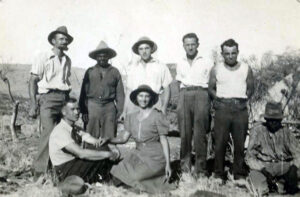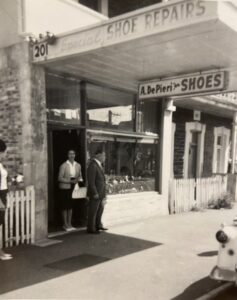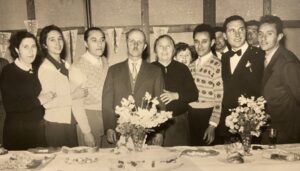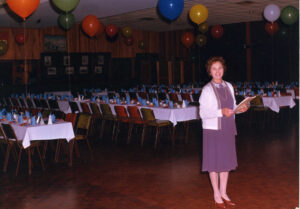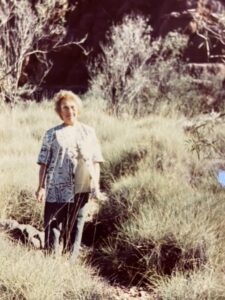This blog continues to cover the history of the Italian community
in the Myrtleford area.
Tobacco farms in the Myrtleford
The Italians in the Myrtleford area followed the example of Chinese migrants who developed tobacco and hops farms in the Ovens Valleys after the gold rush period. Large numbers of Italians arrived in the 1920s and worked on tobacco farms. Some were share farmers and some bought properties which were usually less than 20 hectares.


Like the settlement of the Veneto market gardeners at Lockleys, the men usually arrived first, and women followed once there was some security. Some men married by proxy. Families worked hard and women’s lives were busy with domestic duties and activities on the farm that included grading tobacco leaves for market. Children also had jobs on the farms. After the war a new wave of Italian migrants arrived in the area. The boom time for growing tobacco was from about 1950 to the late 1970s. By the mid-1990s the industry began to wind down and in 2006, tobacco production ended and about 138 farmers in the Myrtleford area were compensated.
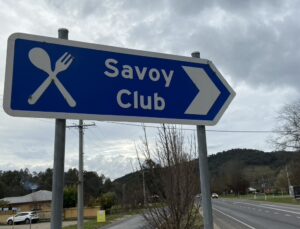
The Club Savoy
In 1956 a couple from Calabria offered a venue in Myrtleford where Italians could gather, speak their first language and share food and social events. At first, it operated as ‘Continental House’ on weekends and in 1960 it changed its name to Savoy Club and in 2014 changed again to Club Savoy. It was the first club in Victoria to be granted a liquor licence.
Today the Club is open seven days a week, hosts several social activities including the Savoy Ladies Group, a pensioner group and there is also a successful soccer club.
The Savoy Ladies Group – video
This group was founded in 1983 by a nun and a community nurse concerned that the women needed information regarding women’s health who observed that some Italian women were isolated on their farms. The group meets every fortnight at the Club Savoy. In 2014, a short video, “The Savoy Ladies Group,” was made to celebrate the Italian Australian women who are members of the group. They speak about the formation of the Club, their hard work on tobacco farms and their lives in the district. You can watch the video about the group who meet to socialise and maintain their heritage. Click here to view the 10-minute video: The Savoy Ladies Group
La Fiera
The Italian festival at Myrtleford began in 2009 and brings together Italians and other people in the wider community to enjoy activities including art and culture, food, wine, soccer and bocce challenges and a live chess match. the event is held in May each year. The circoli, Calabrese, Trentini, Trevisani and Vicentini, are involved in planning the event and offer provincial foods.
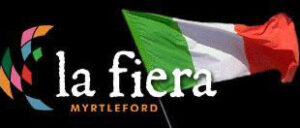
Other Italian groups that meet in Myrtleford
Trevisani nel Mondo di Myrtleford
The Trevisani nel Mondo of Myrtleford and District was established in the late 1970s. Members continue to meet regularly.
For more information about the Trevisani di Myrtleford & District, see the information and visual history compiled by the Veneto Club Melbourne: Myrtleford-Trevisani

In October 2005 about 200 members of the Trevisani nel Mondo from around Australia gathered in Myrtleford for their three-yearly convention. Two busloads of members from Adelaide attended and stayed in Bright. Terry Mazzarolo nee Zampin remembers the occasion and loved being in the area. The weekend before the convegno, the snow season had finished and the Adelaide group spent time at Mt Hotham. She said it reminded her of locations in the north-east of Italy.
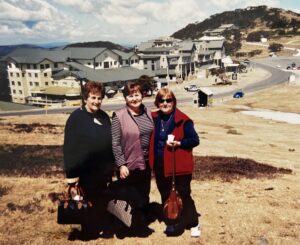
Vicentini di Myrtleford
The Vicentini di Myrtleford was founded in 1982. The Association was involved in establishing the annual Italian festival, La Fiera. The Veneto Club Melbourne has produced a visual history of the circolo Vicentini nel mondo di Myrtleford. Click here: Vicentini nel mondo di Myrtleford
To buy a copy of “For a Better Life: The Story of Italian Migration to the Myrtleford District” by Chris McCracken, Joy Phillips and Roy Ward, on behalf of U3A Myrtleford & District Inc. please contact:
Jan Mock: u3amyrtleford@gmail.com
Madeleine Regan
14 August 2022
Copies of the book about Italians in the Myrtleford area are available for $30.00 plus postage.
To buy a copy of “For a Better Life: The Story of Italian Migration to the Myrtleford District” by Chris McCracken, Joy Phillips and Roy Ward, on behalf of U3A Myrtleford & Districts Inc. please email:
Jan Mock: u3amyrtleford@gmail.com
Madeleine Regan
14 August 2022
